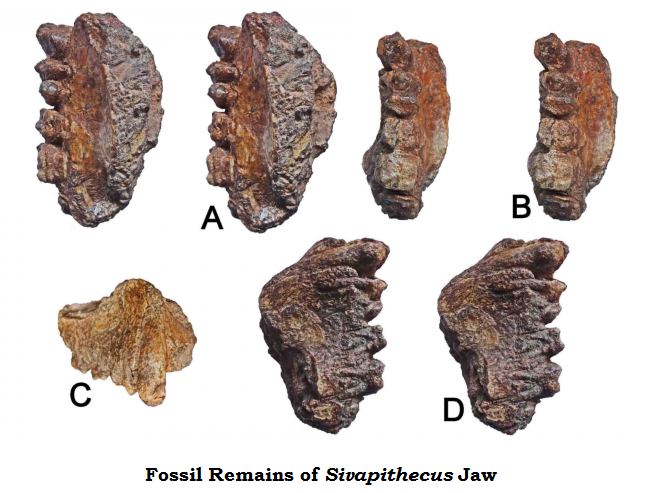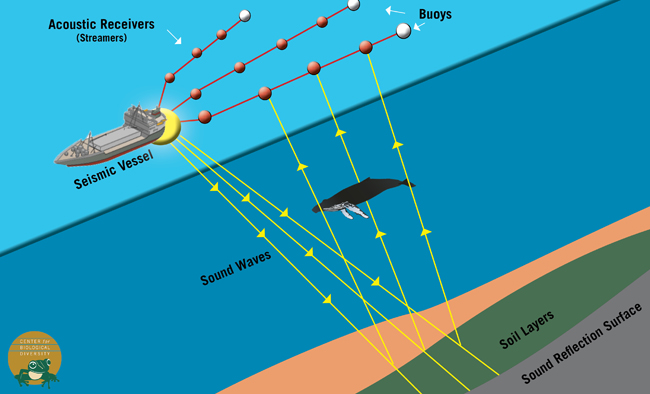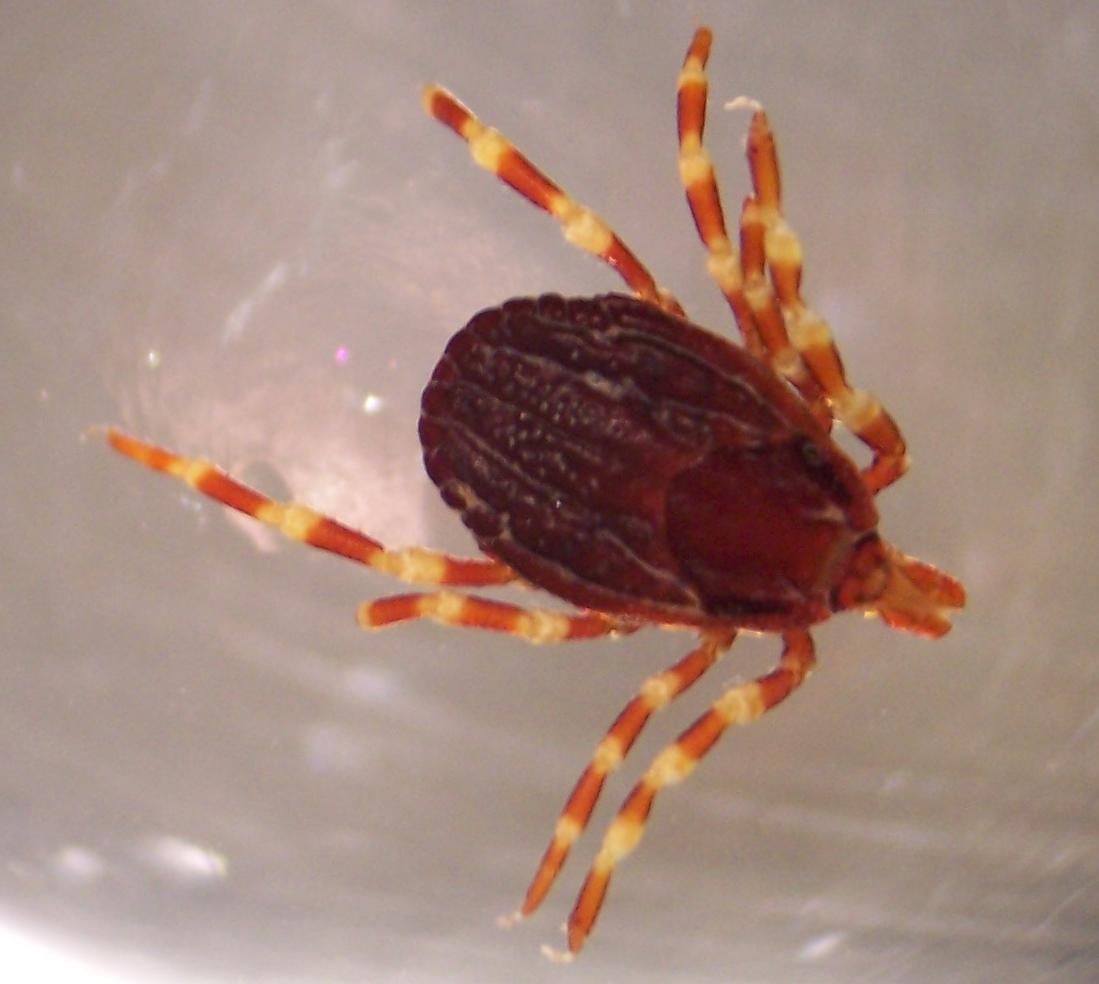900 319 0030
enquiry@shankarias.in
First hominoid ape fossils in Peninsular India

Odisha Skill Development Project
Seismic Airguns & Marine Wildlife

Crimean-Congo haemorrhagic fever (CCHF)

EX SHINYUU Maitri-2018
Source: PIB, The Hindu